What Makes a Quilting Machine Different from a Sewing Machine?
Whether you’re an advanced free motion quilter or just dipping your toes into quilting for the first time, having the right machine makes all the difference.
While you can use just about use any regular sewing machine for quilting (a quilting machine is a sewing machine after all!), a quilting machine has a variety of add-ons and capabilities that really separate the two.
On our blog today, let’s take a look at some of the most important features you’ll want to consider if you’re planning to quilt on a regular basis.
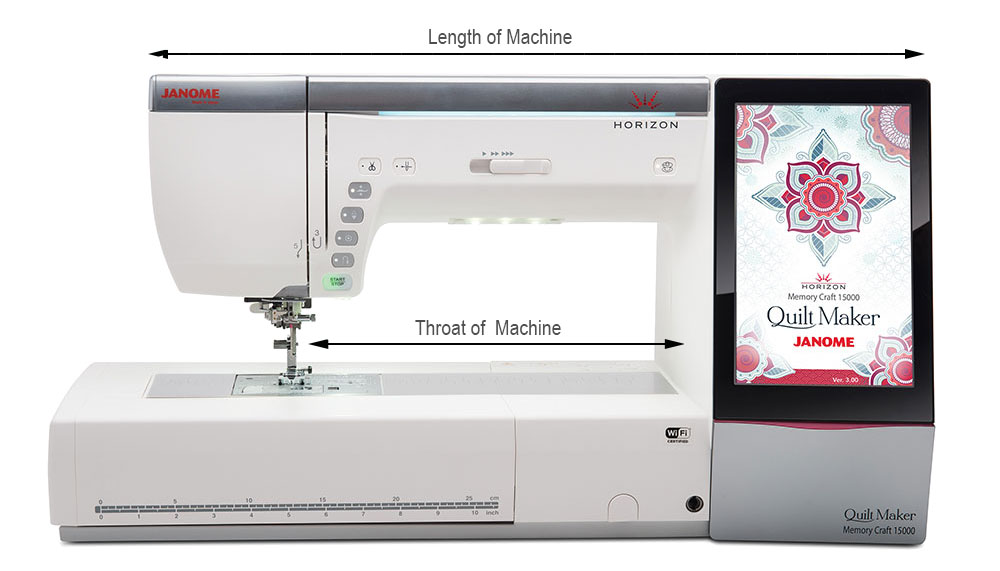
1) Work space
One of the most obvious differences between a standard sewing machines and a quilting machine is the amount of workspace on the machine.
This is measured by the “throat” of the machine, which is directly determined by the length of the machine itself – the longer the machine, the wider the throat, the larger the workarea.
For basic sewing needs and easy home décor projects, a large table with ample work space/throat is more of a luxury than a need. But with bulky projects, such as quilts, the throat space becomes pretty important, hence quilting machines generally offer a much larger work area.
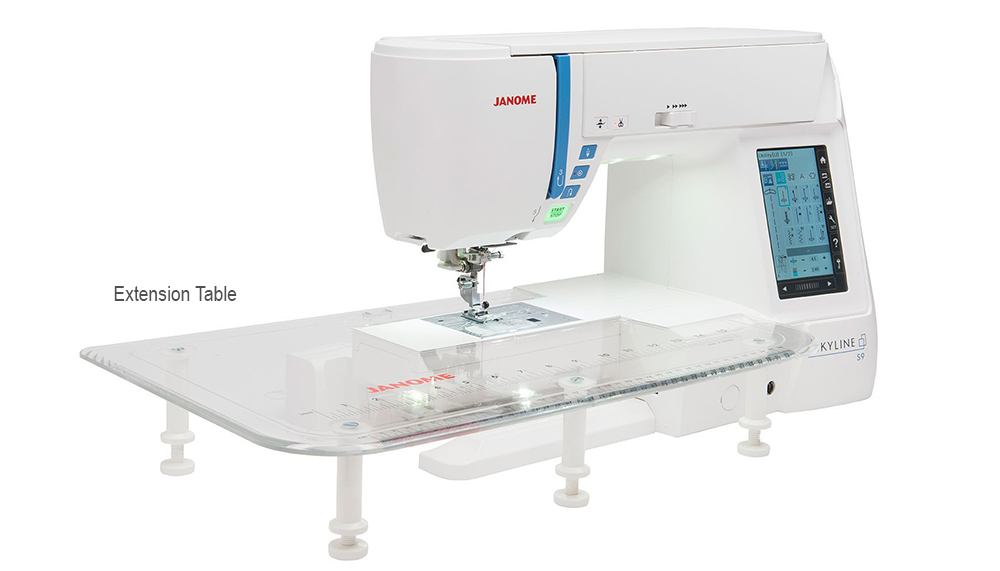
2) Extension Table
If you want even more workspace on your machine, an extension table will give you that room to move and maneuver as you’re quilting.
Designed to fit snugly against your sewing machine, the extra work surface is perfect for machine quilting and sewing on borders and bindings.
Many machines in our quilting range come with the Extension Table accessory, however it’s also available as an optional accessory within the Janome range of genuine parts and accessories.
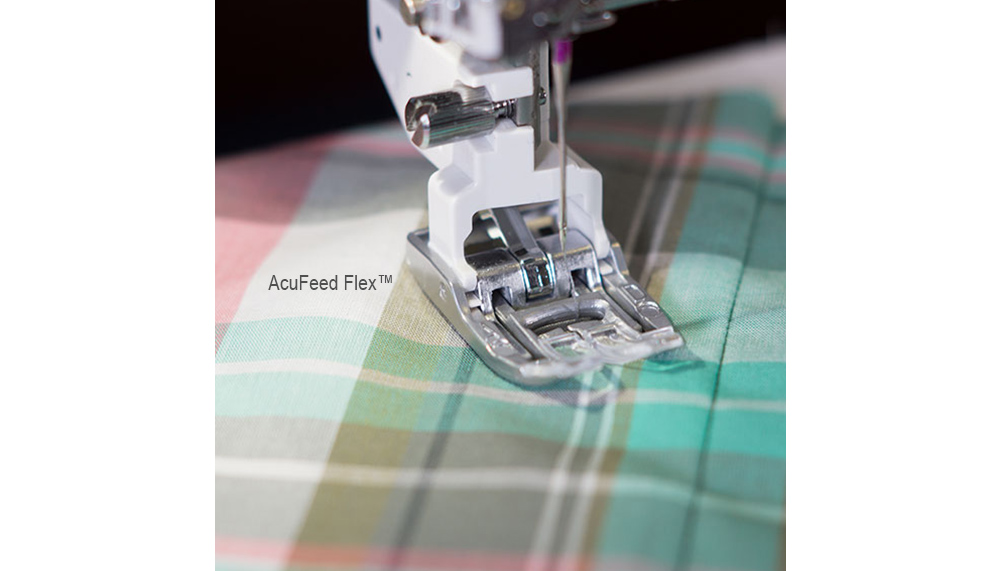
3) Janome AcuFeed™ System
Ever find your sewing machine stitching everything perfectly from the top but upon flipping over your work, you find bunching or puckering? That’s not entirely uncommon for quilters who often work with multiple layers and heavy fabric.
Janome’s exclusive AcuFeed™ System is designed to move layers of your project together under the needle with perfect precision from both the top and bottom. This feature works great for everything from piecing to hemming to quilting and any sewing requiring precise control.
The AcuFeed™ System is available on MC15000 Quilt Maker, MC15000, MC14000, MC12000, MC9400QCP, MC8900QCP, MC8200QCP, MC8200QC, MC6700P, MC6600P, Skyline S9, Skyline S7 machines.
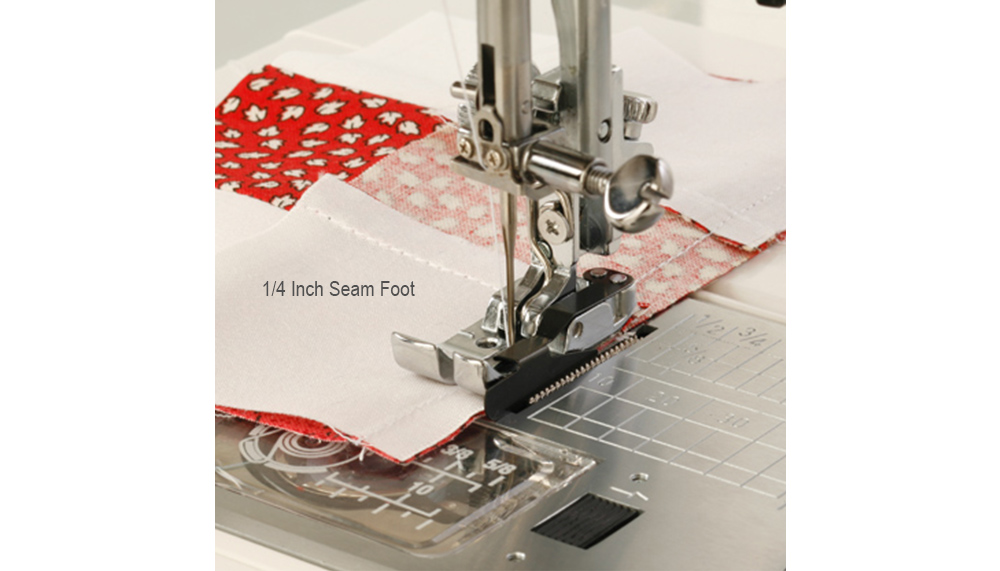
4) Foot Option: Quarter Inch Foot
When machine piecing a quilt top, a quarter inch seam allowance is ideal. The quarter inch piecing foot helps to achieve quilting accuracy and is also used specifically for quilting projects that typically have a narrow seam allowance.
Many machines in our quilting range come with this foot, however it’s also available as an optional accessory within the Janome range of genuine parts and accessories. Also, available is an AcuFeed Quarter Inch Foot.
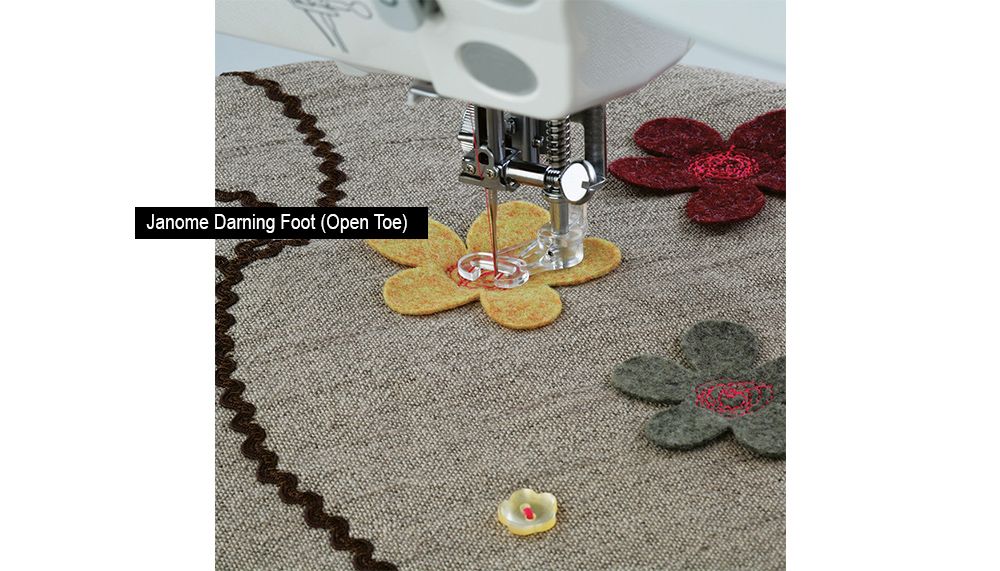
5) Foot Option: Darning or Free Motion Foot
For free motion quilting, the most effective foot to use is the free motion or darning foot.
This foot ensures proper stitch formation, minimizes skipped stitches and puckering and also protects your fingers while you move the fabric freely under the needle. It’s especially beneficial to those just learning how to do free hand quilting. The open toe version greatly improves visibility of stitches and is especially popular with quilters. To achieve the best results when free motioning, set your needle to left needle position.
Many machines in our quilting range come with this foot, however it’s also available as an optional accessory within the Janome range of genuine parts and accessories.

6) Foot Option: Walking Foot (also known as Even Feed Foot)
If your machine doesn’t have AcuFeed™ System, don’t fret; let the Walking Foot save the day.
The walking foot is essentially a second pair of feed dogs for the top of your project to give you the extra help needed to feed through multiple layers, heavy fabrics and those difficult to sew slippery fabrics . It’s also fantastic to use when quilting in straight lines!
Many machines in our quilting range come with this foot, however it’s also available as an optional accessory within the Janome range of genuine parts and accessories.
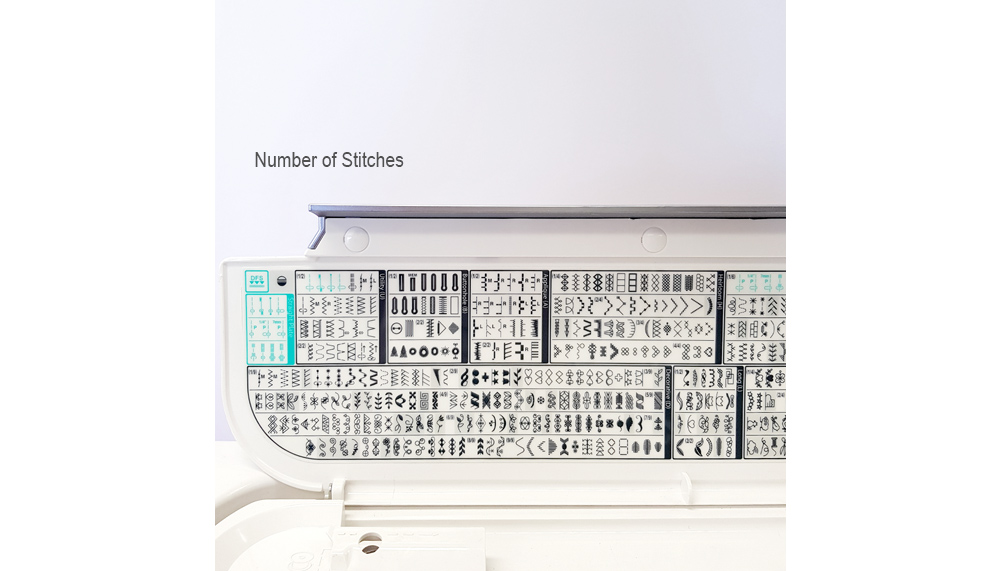
7) Number of Stitches
Decorative stitches may not be your go-to stitch for quilting, but they can be just the thing that takes your quilt from, “That’s very nice,” to “Wow! You made that?”
Quilting with decorative stitches is a great way to add an accent to your quilt especially along a border. You can also use decorative stitching to quilt your quilt sandwich.
Some of our machines in the quilting range have over 200 built-in stitches to choose from including MC15000 Quilt Maker, MC14000, MC9400QCP and MC6700P machines.
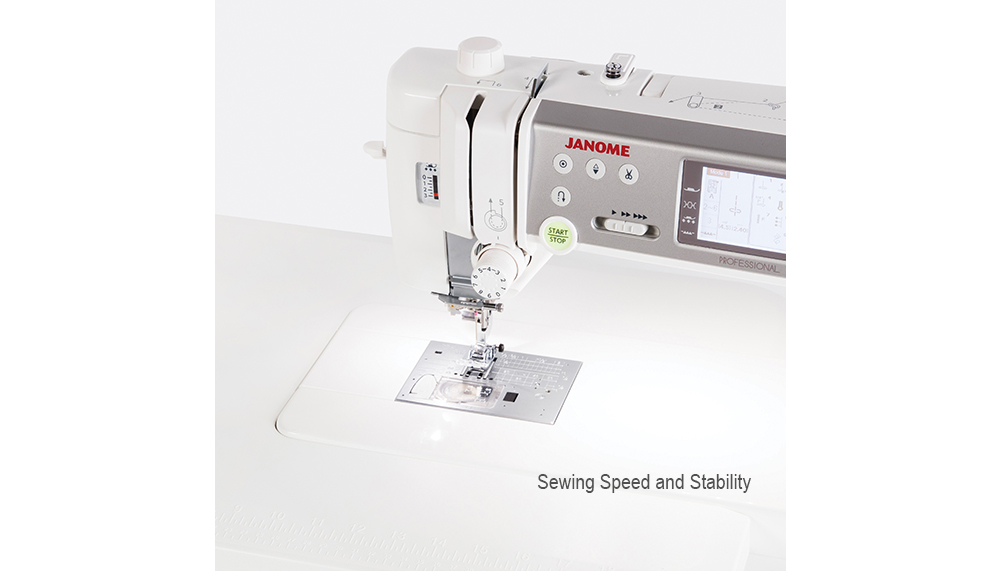
8) Sewing Speed & Stability
If you are a serious quilter or quilt for a living, then a high-speed machine is definitely worth considering.
Some of our fastest machines in the market includes the MC6700P, MC6600, 1600P-QC, MC15000 Quilt Maker, MC14000 and MC9400QCP with the capability of zapping through projects at speeds of up to 1600 SPM.
Because these machines can sew at such great speeds, the machines themselves are designed to be extremely sturdy and built to withstand the speed of the motor. They offer stability features like extra wide flat bed and a generous workspace – all great features you want in a quilting machine.
From the casual sewist to the seasoned seamstress, there’s a sewing machine for every maker. Discover Janome’s huge range of products designed with an array of intuitive features to suit every budget and skill level. Visit an authorised Janome stockist today to find out more.
Oops! We could not locate your form.
